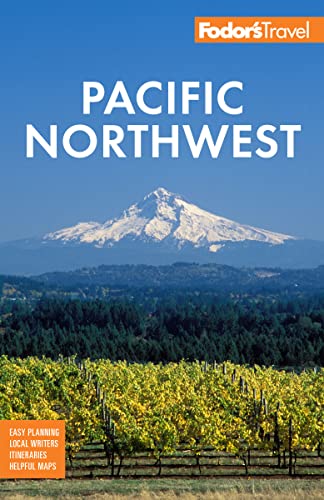A 1,000-acre wilderness park, only blocks from the downtown section of a major city, is a rare treasure and Vancouverites make use of it to bike, walk, jog, in-line skate, play cricket and tennis, go the beach , and enjoy outdoor art shows and theater performances alongside attractions such as the renowned aquarium.
The fact that Stanley Park is so close to the city is actually sort of thanks to the Americans. In the 1860s, because of a threat of American invasion, this oceanfront peninsula was designated a military reserve, though it was never needed. When the City of Vancouver was incorporated in 1886, the council's first act was to request the land be set aside as a park. Permission was granted two years later and the grounds were named Stanley Park after Lord Stanley, then governor general of Canada.
When a storm swept across the park's shores in 2006, it destroyed close to 10,000 trees as well as parts of the perimeter seawall. Locals contributed thousands of dollars to the cleanup and replanting effort in addition to the monies set aside by local authorities. The storm's silver lining was that it cleared some dead-wood areas, making room for the reintroduction of many of the park's original species of trees. It also gave rise to an unusual ecological arts program in which ephemeral sculptures were placed in various outdoor locations. Made of natural and organic materials, the elements are constantly changing the look of each piece which, over time, will decay and return to the earth.
In addition to Stanley's Park Bar and Grill and Prospect Point Cafe, both of which are good for a quick bite , the Teahouse in Stanley Park is another restaurant in the park .





